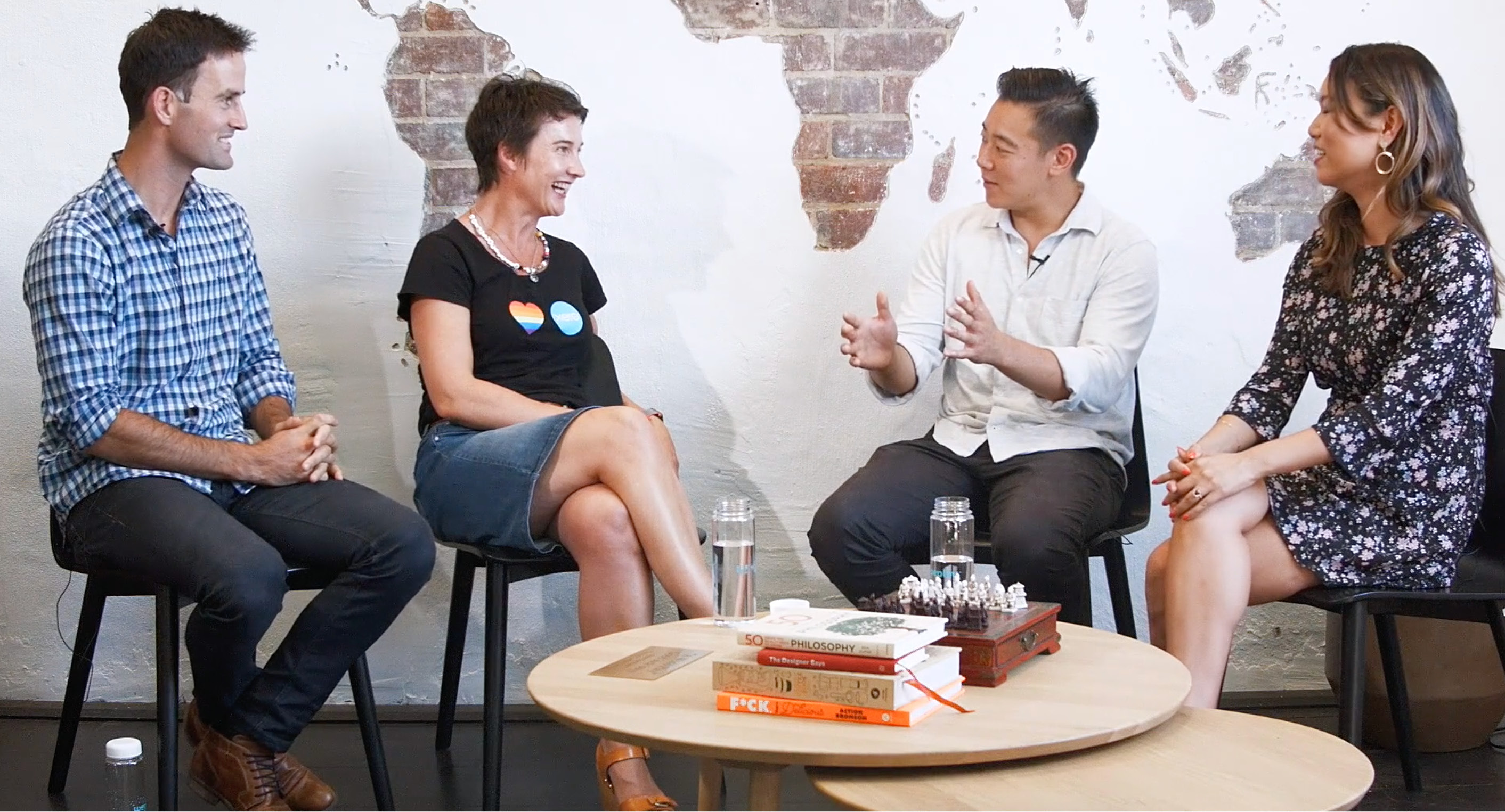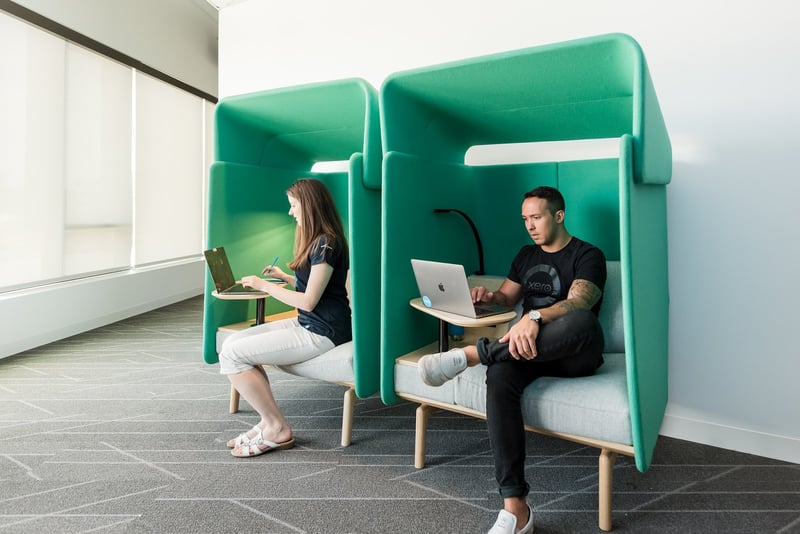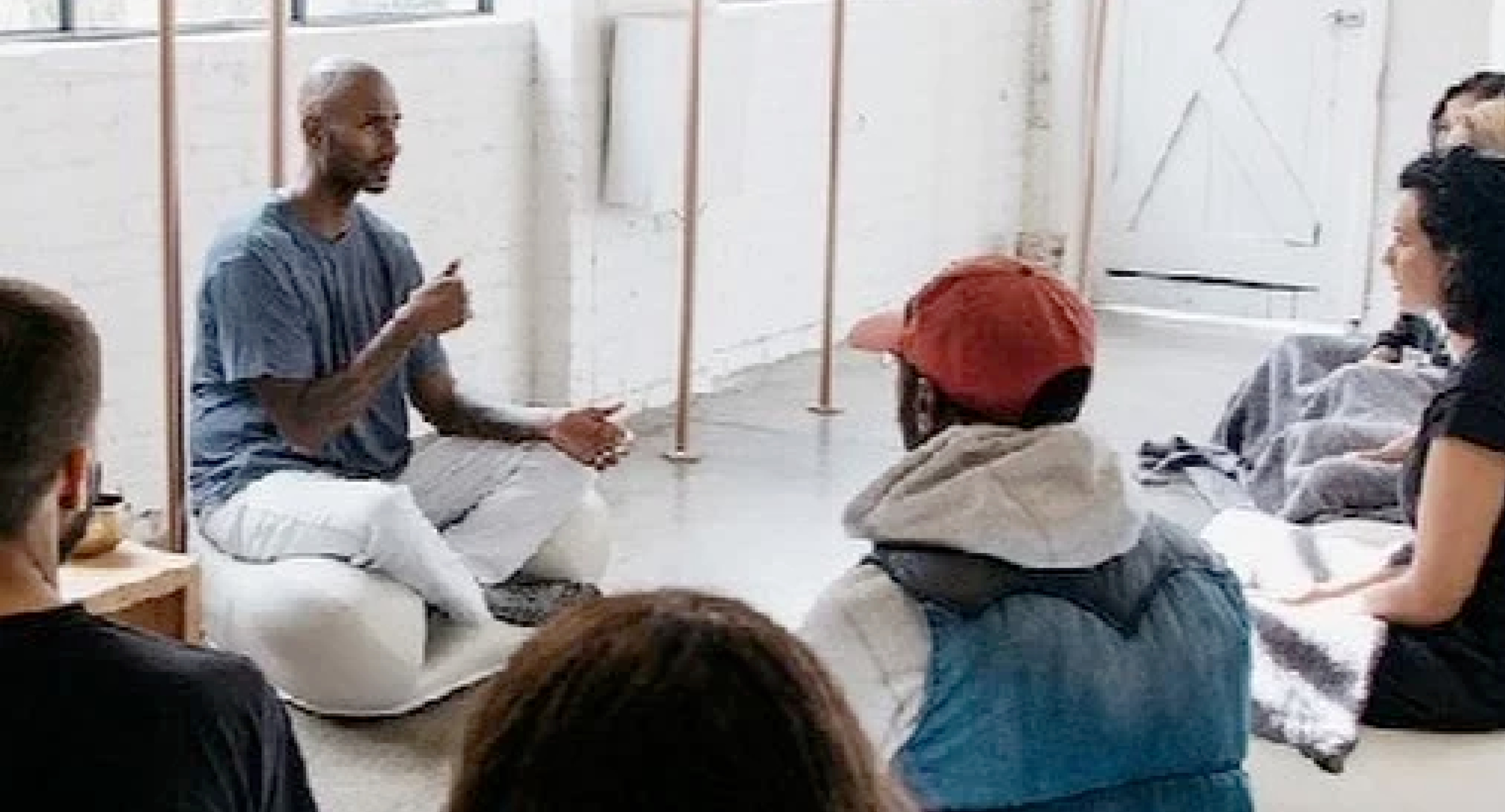In 2019, the World Health Organisation recognised burnout as a workplace issue and in 2020 - the risk of Burnout has sharply escalated. A recent Gartner report has revealed that 88% of employees have been asked to work from home, and McKinsey reports that 80% of people say that the crisis has "materially affected their day to day work lives."Coronavirus has enforced a global working from home experiment that nobody planned or prepared for, and many employees who are working remotely for the first time are struggling to know how to preserve healthy boundaries between their professional and personal lives.
The new operating environment has caused concerns for business leaders about maintaining productivity and protecting revenue targets. But the real risk is much more concerning for the long term roadmap - Employee Burnout. To signal their loyalty, or out of fear of being out of work, workers may feel pressured to work all the time. Lockdown changed our regular concepts of time, with day blending into night, and weekends feeling no different to weekdays. With our living areas taken over by home offices, and no holidays or travel on the horizon - it can be easy to forget about taking time off.
What is Burnout?
Resulting from chronic workplace stress that has not been successfully managed, Burnout can be characterised by growing cynicism, exhaustion, and a loss of confidence at work. Chronic workplace stress decreases cognitive performance and productivity, making workers feel even worse.
Signs can be:
- A change in sleep patterns or appetite
- Changes in substance use like caffeine or sugar
- Procrastination of easy tasks
- Getting angry at small things
- Headaches, tension, feeling short of breath
If not managed successfully, the results of Burnout can be really problematic, leaving workers more prone to clinical depression, and more susceptible to other health issues and diseases because of changes to the body’s immunology and inflammatory response to heightened stress hormones.
Mental Health at Work in 2020
Alongside all of the negative effects of a global health crisis on our mental health, most of us have had to transition to a new working environment - and with all of the flexibility it offers, working from home also comes with its’ own set of triggers and stressors which have led to increased cases of Burnout at work. It is more important than ever therefore, for business leaders to take a proactive approach to managing the risk of Burnout and protecting Mental Health of their people in order to ensure the long term growth of their businesses. We’ve put together a guide with 8 simple but powerful ways to promote positive mental health and reduce the risk of Burnout.
1. Develop a new working rhythm
When the physical boundaries between work and home no longer exist - the psychological boundary becomes blurred too. In a classic scientific paper, Blake Ashforth of Arizona State University identified the demarcation between work and leisure time as “boundary-crossing activities”. This allows you to transition from “Home” you to “Work” you and vice versa. Previously, having a commute enforced us to get into the habit of mentally preparing for the start of the working day, and taking some time to wind down at the end.
In the absence of a commute, these boundary-crossing activities must be actively manufactured. Going for a walk, changing clothes, following a 10 minute stretch video on YouTube are all healthy ways of creating a physical and social indicator to yourself and to your colleagues, that something has changed. Maintaining a routine including these small windows of time for yourself each day will help you create some distance in between your professional and personal time and help you develop a new working rhythm.
2. Prioritise sleep
A good night’s sleep should last 7-9 hours and leave you feeling refreshed. Deep sleep appears to flush toxins from the brain, detoxing and regenerating brain cells for optimal cognitive function. The effects will enhance problem solving, decision making and overall productivity. One of the side effects of poor sleeping habits on the other hand - is an increased susceptibility to stress and irritability, which can also lead to burnout. With commute times slashed and longer lie-ins, we are experiencing an opportunity for more sleep. But stress at work, uncertainty and rising health and financial anxieties means that many of us are finding it harder to switch off.
As part of the routine you set for yourself around your work start and end times, it’s a good idea to set yourself a sleep routine too with a consistent bedtime each night. It may seem obvious, but good ways to maximise your chances of a good nights’ sleep are:
- Avoiding screen time 1 hour before your bedtime
- Restricting stimulants like caffeine, alcohol and other drugs in the late afternoon and evening
- Practising meditation before sleeping to quieten the mind
- Reading before sleep
- Avoiding heavy or rich meals an hour before bedtime
3. Get outside
The positive effects of being in nature, and of taking exercise, are both widely reported on. Turns out that when these two activities are combined, the results are even better than either of them in isolation. The physical benefits of getting your heart-rate pumping with some exercise include higher energy levels, boosted serotonin and better concentration. But studies show that doing this in an environment with higher levels of biodiversity, has profoundly better results. Spending some time moving your body outside in the sunshine has positive effects on self-esteem, stress and hormone levels, and crucially, the effects are especially noticeable in those with mental illness such as depression and anxiety. Getting outside for a walk, a cycle ride, or a run - even just for 10 minutes will also offer you a break from screen time, reduce improve overall mental health and in turn, reduce the risk of burnout at work.
4. Have a Conversation
If you’re already at Burnout - communicate it. Firstly, communicate it to yourself. Acknowledge the situation and keep calm. Then, you can reach out to the people around you, or to a professional. Being open and honest about where you’re at puts you in a position to be able to change things and accept help.
Similarly - if you’re worried about someone else in your network and are recognising signs of burnout, communicate that too. Receiving emails from someone late at night, noticing changes in their behaviours, irritability or complaining of insomnia are all signs that they are struggling. A conversation could save a life, and R U OK day is a reminder to all of us that asking the simple question, “Are you OK?” is the easiest way to start that conversation. But asking is just the first step. The second is to listen. If the answer is worrying, encourage them to take action to help themselves before the situation gets worse. Finally, check in regularly. This will let them know you care, and hold them accountable for taking ownership of the situation and making efforts to manage it accordingly.
With the post-COVID era upon us, now is the time to re-think and redesign the way we work. In this new "Remote First" environment, it has never been more important than ever to ensure we are taking time to carve out healthy habits and intentional self care, whatever that looks like for you. We’ve learnt that we can’t expect a stress or crisis-free life. We CAN however, focus on our internal lives, and teach ourselves to be more aware of the way we respond to external circumstances - in the workplace, at home and everywhere in between. With that, and by following these four key steps - you will be able to ride the healthy side of life’s continuum between burnout and well-being.

A little while back when I was working for a large international mining company myself and a small team were sent to open the Australian branch. We were getting really good results with our sales, but there wasn’t an operational infrastructure that could handle our rapid scale. In the beginning, the ongoing tasks were just about manageable, but as more and more of my time was spent on the priority tasks, all the little administrative tasks started to slip by and bit by bit it all piled up. Eventually, my colleague and I would get in and without saying a word to each other, race frantically every day to try chip away at the mountain. It got to a point that I was getting sick all the time, had no energy for anything and was just getting home late and falling asleep on the couch. After imploring with my managers for extra support without getting anywhere, I threw in the towel and looked for another job.

Salesforce, Google, Atlassian. It’s no accident that some of the World’s most successful companies with the highest revenues, are also voted amongst the top places to work at employee review sites.

What challenges is Xero facing in talent acquisition?
The Team Xero value proposition to the candidate market is a strong one: we believe that you can come and do the best work of your life at Xero. And you can do so at a business that:
- Is one of the fastest growing SaaS companies in the world
- Is purpose-driven and committed to having an impact on the lives of our customers
- Has a set of meaningful values that underpin everything we do
- Is always looking to the future, questioning how we can continue to innovate to best serve our customers and stay ahead of the curve.
One of the hurdles we face, which is actually more of an opportunity, is making sure we are truly capitalising on the above messaging and amplifying it to our target candidate markets.
Whilst we have a strong value proposition – very helpful for any inhouse talent team – we also have our challenges too, primarily around scale. In a relatively short period of time, we’ve evolved from a beautiful accounting software start-up to a global small business platform. In the process, we’ve acquired a rapidly expanding customer base and built a geographically dispersed workforce of 2,500 employees. There will always be competing interests in a hyper-growth environment, so one of the main challenges for our our Talent Experience team relates to prioritisation of our hiring. Have we nailed that yet? No, but it’s something we’re continuing to work on in conjunction with Xero’s leaders.

How does tech support the recruitment process for you at Xero?
We use a range of tools and technologies to aid our recruitment process here at Xero (there are some variances by region). As we continue to evolve our TX function, we’ll keep reviewing both existing and new tech to best support our efforts across employer branding and attraction, assessment, background checking, on-boarding and talent pooling. We also consider how tech can help us work best with candidates, hiring managers and each other.
While tech is the ultimate enabler, we believe it will always remain human interactions that drive the best outcomes.
What are you doing to promote diversity within what is stereotypically a male dominated industry?
From a gender diversity perspective, we work with some amazing partners like Work 180, Code Like a Girl, Tech Girls Movement, Girl Geek Dinners and Ladies that UX to showcase working life at Xero and highlight the opportunities for women in technology. In addition to our internal programs (part-time developer programs, career change programs etc.), these partnerships have achieved some fantastic results for our workforce composition and the communities that we support.
We also recognise that gender is only one element of diversity. Indeed, our hiring practices, ways of working, internal education and workshops and external partnership development need to reflect the diversity of our 1.8 million subscribers. We will continue to value and embrace diverse experience, skills and perspectives so that we can work better together and continue to innovate for our customers, partners, and the communities we interact with every day.
How does Xero's Talent team work with hiring managers when hiring?
We view hiring as a partnership between hiring managers and the TX team. In our opinion, the key to a good hiring outcome is complete clarity on the position, the candidate requirements and the hiring process itself. We also encourage hiring managers to constantly be out there meeting good candidates in-market and thinking about succession planning for their teams (whether they’re hiring for a vacancy or not).
What aspects of working at Xero do you highlight to a candidate during the recruitment process?
We make a conscious effort to lay all of our cards on the table. Nobody likes finding skeletons in the closet when joining a new business, so we go out of our way to be really transparent about both the benefits and the challenges of working at Xero. Naturally, some of the challenges don’t align well with everyone: Working at Xero is fast paced, constantly changing and requires working with ambiguity, and we call that out throughout the recruitment process. But for those who are up for the challenge and bring a growth mindset and bias for results, the opportunities are second to none when it comes to working with amazing people, evolving team Xero capabilities, and solving problems that have a positive impact on the lives of our customers across the globe.
Streamline your hiring
Business support staff with no hidden fees. Start hiring anytime.

